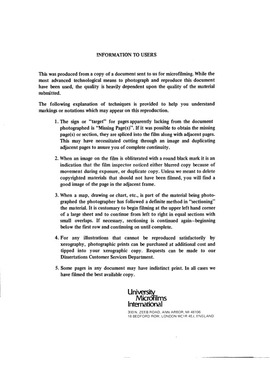| dc.description.abstract | Pollen of the Echinocereus viridiflorus complex is uniform throughout the group. The pollen is isopolar, radially symmetrical, prolate spheroidal, tricolpate, and 44 - 52 (mu) in diameter with a puncti-baculate exine. Chromosome number is n = 11. All taxa are allogamous. The complex occurs with five other species groups in the genus, and artificial hybridization studies reveal isolation barriers with these sympatric populations; crosses with allopatric populations are significantly more fertile. Differential flowering phenology further isolates the E. viridiflorus complex from congeners. Within the complex, intertaxon F(, 1) fruit and seed-set are reduced only in crosses of E. viridiflorus var. davisii with taxa in the same geographic region, E. chloranthus var. neocapillus and E. viridiflorus var. correllii. Greenhouse studies reveal that variation in flowering phenology results from climatic variables except for the earlier flowering period of E. viridiflorus var. davisii. Numerical analyses employing correlation and distance phenograms and a three-dimensional projection of principal component analysis show discrete groups of OTUs representing E. viridiflorus var. viridiflorus, var. correllii, and var. davisii, E. russanthus, E. chloranthus var. neocapillus, and an undescribed form Weedinii. No separation of E. viridiflorus var. cylindricus and E. chloranthus var. chloranthus is revealed. The lack of morphological discontinuity suggests that the latter two taxa are not distinct. Based on morphological discontinuity, partial sterility with complex members, and discrete flowering period, E. davisii is considered a separate species. All other taxa in the complex are considered varieties of E. viridiflorus because of the lack of incompatibility barriers and apparent naturally-occurring hybrids connecting each taxon with at least one other. I recognize the varieties E. viridiflorus var. viridiflorus, var. cylindricus, var. correllii, var. russanthus, var. neocapillus, and var. weedinii. | en_US |
